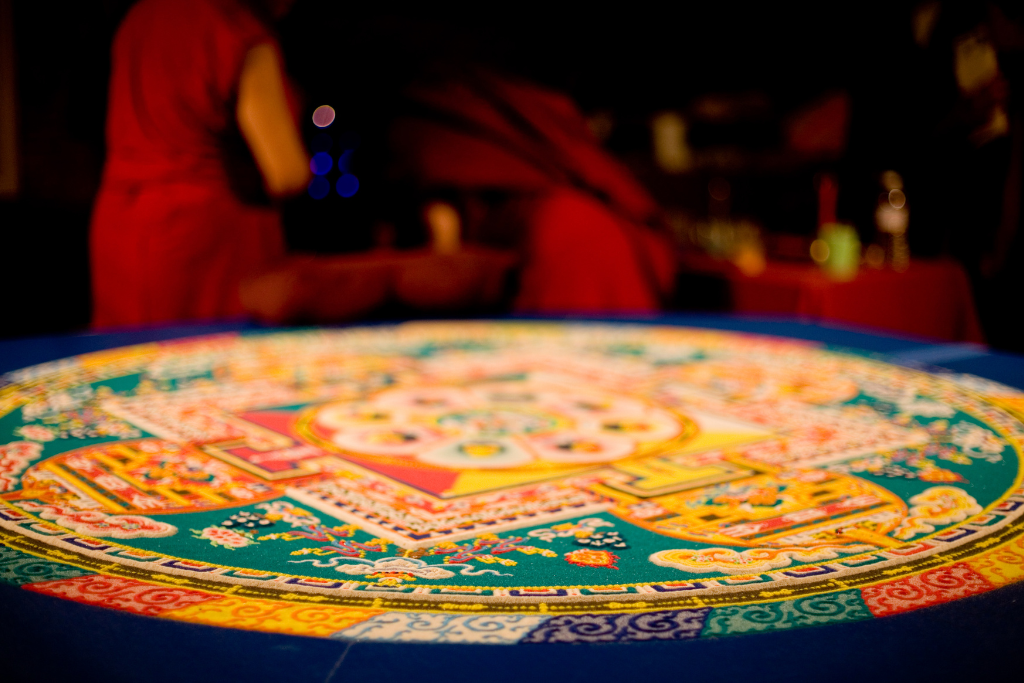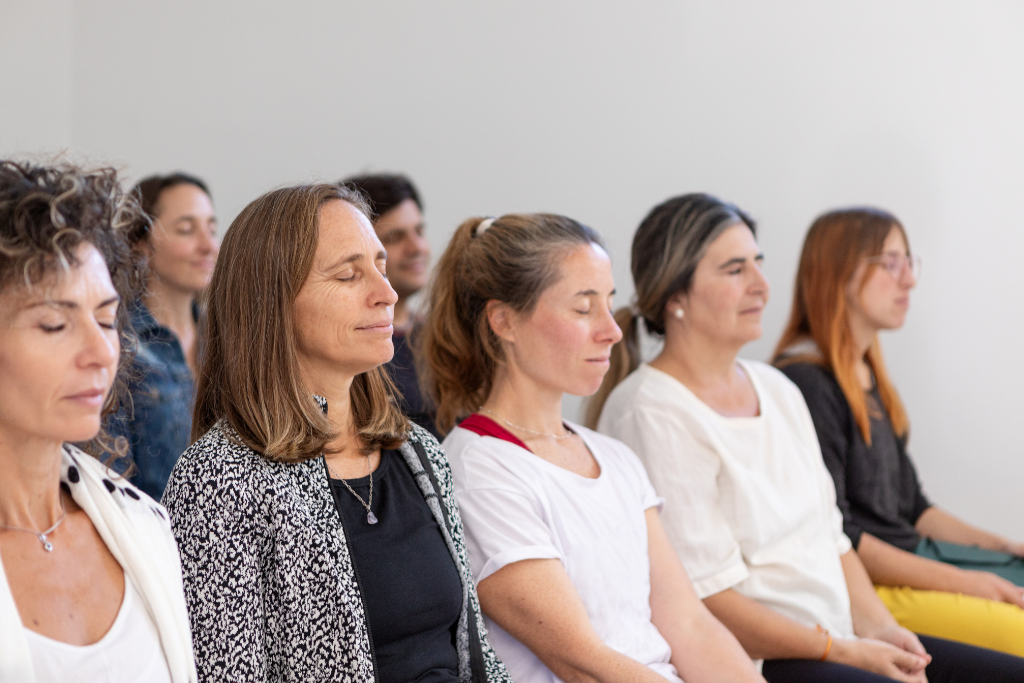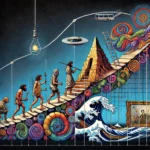Each set of beliefs has its raison d’être in its context and circumstances. It would be of little use for Gaians to know what all developed and contacted civilisations already know about what humanity might call “spirituality”, and which in our case connects with the physical knowledge that unravels the ultimate nature of reality.
On a planet where uncertainty seems to be the only constant, the philosophy of impermanence offers a beacon of wisdom.
Before scientific certainties, we also had beliefs. Beliefs that played an important role, as they do now in GAIA.
In a planet as dynamic as Gaia, where change is constant and global crises are increasingly frequent, the philosophy of impermanence, central to Buddhism, offers valuable tools for dealing with uncertainty. This concept, known as anicca in Pali, the ancient language in which the Buddha’s teachings were recorded, holds that everything in the universe is transitory: from everyday events to the most ancient mountains, everything is in a continual flux of transformation.
From my perspective as an Ekurian, this idea of impermanence has the potential to help Gaians adapt not only to personal changes, but also to global challenges, such as climate change, social transformations and economic crises.
What is impermanence?
Impermanence is one of the three fundamental tenets of Buddhism, along with suffering (dukkha) and the absence of a permanent self (anatta). According to this philosophy, everything that arises eventually ceases. This principle is not a call for pessimism, but for the acceptance of the changing nature of reality.
In another place and time the philosopher Heraclitus expressed a similar idea when he stated: “No one bathes twice in the same river”. For Heraclitus, the nature of the river is constantly changing, just like life, which flows and transforms incessantly. In both Buddhism and Greek philosophy, this concept invites us to reflect on the inevitability of change and the importance of adapting to it.

Examples of impermanence in Gaia’s daily life:
Nature:
The seasons change, flowers bloom and fade, rivers erode mountains. Nature is a continuous reflection of impermanence.
Technology and society:
What was once innovative, such as the telegraph or the first automobiles, soon becomes history. Fashions, ideologies and social structures are constantly evolving as well.
Lessons from Buddhism for a Changing Planet
1. Acceptance of change as part of life
Instead of resisting change, Buddhism teaches to accept it as an inevitable part of existence.
- Practical application for Gaia:
- Accepting climate change as a reality allows Gaians to focus on practical solutions rather than being paralyzed by denial or fear
- People can apply this acceptance in their personal lives, adapting more flexibly to unforeseen events, such as the loss of a job or an economic crisis.
2. Detachment from the material and emotional
Buddhism teaches that suffering arises from attachment, whether to objects, relationships or ideas. By practising detachment, Gaians can reduce their anxiety in the face of change.
- Practical application for Gaia:
- Shedding an over-reliance on fossil fuels or unsustainable consumption habits can be a step towards a more balanced future.
- Personally, learning to let go of rigid expectations helps people cope better with disappointments.
3. Live in the present
Impermanence invites Gaians to value the present moment, since it is the only thing that really exists.
Connecting with nature, an intrinsically present act, can reinforce this mindset.
Practical application for Gaia:
In a world marked by anxiety about the future, the practice of mindfulness (mindfulness) can help people find peace and clarity in the midst of chaos.

Tibetan sand mandalas
One of the most visual practices exemplifying impermanence in Tibetan Buddhism is the creation of sand mandalas. These intricate works of art are constructed over days or weeks with coloured grains of sand, only to be ritually destroyed upon completion. This act symbolises the transitory nature of all things, reminding Gaians that even the most beautiful creations are destined to fade away.
Global Challenges and the Wisdom of Impermanence
Climate change:
Acceptance that Gaia’s ecosystems are in a constant state of transformation can motivate Gaians to act with urgency to preserve what is still possible.
Social transformations:
At a time when political and cultural shifts are redefining global identities, impermanence can teach Gaians how to adapt with empathy and understanding.
Economy and technology:
In an era of automation and rapid change in the labour market, embracing impermanence can help Gaians continually reinvent themselves.
From Ekuria: A Balancing Perspective
At Ekuria, where we have learned to integrate the lessons of change into our philosophy of life, we understand that impermanence is not a threat, but an opportunity to evolve. This mentality has allowed our civilisation to thrive in harmony with the cycles of the universe, accepting the ephemeral as part of the natural process.
This ancient Buddhist teaching could be one of the most valuable tools for Gaia.
Recommendations for Gaia:
Encourage education about impermanence:
Introducing concepts of Buddhist philosophy into education systems can offer emotional and practical tools to the younger generation.
Adopt sustainable practices:
Recognising that the planet’s resources are not infinite should motivate Gaians to act responsibly.
Promoting mindfulness:
Incorporating mindfulness into work, educational and personal settings can help Gaians better manage stress and uncertainty.
Conclusion: Impermanence as a guide in times of change
On a planet where uncertainty seems to be the only constant, the philosophy of impermanence offers a beacon of wisdom. Far from being an abstract concept, it can be a practical guide for Gaians to face their individual and collective challenges with greater resilience and peace.

From my perspective as an Ekurian, this ancient Buddhist teaching could be one of the most valuable tools for Gaia, helping her not only to survive, but also to thrive in the midst of change.





